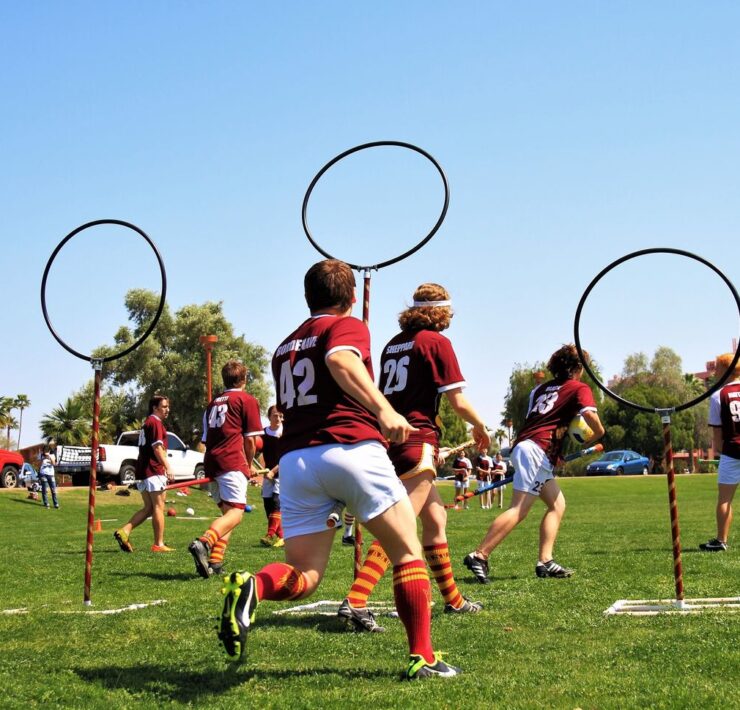Learning about different cultures is pretty fun right? Especially when you realize that what you’ve been doing most of the time is already a big-time offensive action for another person who grew up in a different culture. From eye contacts to handshakes, know how each body language is perceived in every culture.
1. Eye Contact
What are you looking at? In the United States, Canada, and Western Europe, intermittent eye contact is extremely important to show interest and attention while in Middle Eastern cultures, intense eye contact is done to show trust and sincerity – but that would be inappropriate between opposite genders. Extended eye contact on the other hand is considered a challenge of authority in Asian, African, and Latin American cultures.
2. Handshakes
Yes, doing a handshake should be done with care too especially if you’re in Turkey wherein a firm handshake is considered rude and aggressive. In Northern Europe, a quick firm “one-pump” handshake is done usually while in Southern Europe, Central and South America, a handshake can include the left hand touching the clasped hands, elbow, or even the lapel of the other person.
In Arab countries, the handshake is limp and long. In South Africa, the stronger the handshake, the better. In China, the pumping handshake while making a slight bow shows that the person is glad to meet you. In Russia, you must remember to remove your gloves when you shake hands. That’s how interesting every culture is.
3. Personal Space
If you’re someone who’s used to having a wide space that’s like an off-limits zone for people, or someone who won’t mind talking with strangers while on the metro; be ready to test waters when going to another city or another culture. Some cultures require much more personal space than in the United States. Meanwhile, cultures like in China, Brazil, or Egypt will show you that personal space doesn’t exist at all.
4. Touching
Just like personal space, touching and how it is accepted varies in every culture. In Asia, it is considered to be disrespectful to touch an older person’s head, back, or shoulders. In the Middle East, holding hands of the same sex is allowed while doing this with a friend of the opposite sex publicly is strictly prohibited. In France, touching is not considered as an invasion of personal space. This is also the same with Mediterranean cultures.
5. Small Talk
How do you start short conversations? Better think wisely before saying something or else you could already be offending someone. “How are you?” in the United States is often asked but it doesn’t mean that you need to tell the whole story of your life, but rather say the usual “I’m fine.” In Russia however, be ready to get a full honest report. Asking questions about what a person does for a living is offensive for Americans, talking about religion isn’t okay for the Danes and talking about politics during dinner is totally fine for the French.
6. Personal Dress and Hygiene
Shaving isn’t necessary at all in some other parts of the world so don’t be overly shocked when you see women with armpit hair or unshaved legs. That’s also the same when it comes to bathing. Remember that the foul smell you’re talking about could be the normal scent in another culture.
7. Gestures
The thumb-up, the a-ok sign, and the peace sign are known to be positive gestures in some parts of the world. For the rest? They’re offensive. So if possible, keep your hands in your pockets while talking to someone. Oh wait, doing that is disrespectful in other countries like Belgium and Germany.
When On Earth Magazine is for people who love travel. We provide informative travel guides, tips, ideas and advice regarding places to see, things to do, what to taste, and much more for world travelers seeking their next dream vacation destination.





